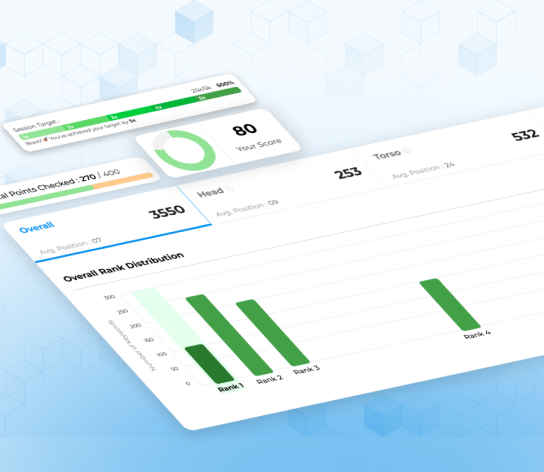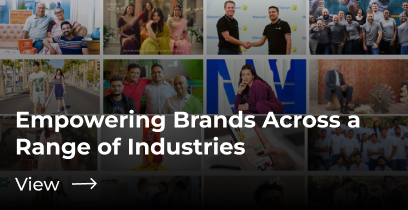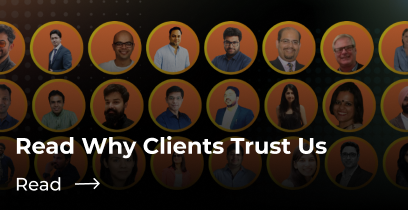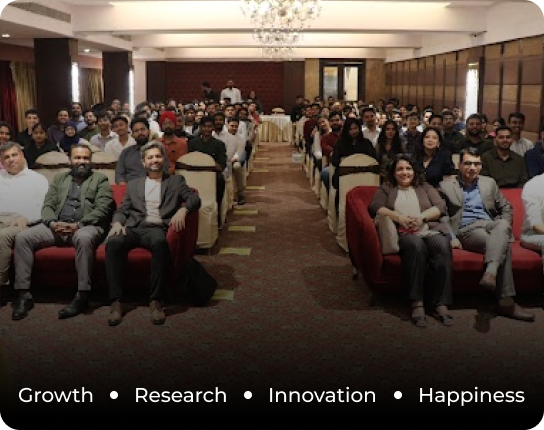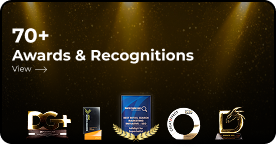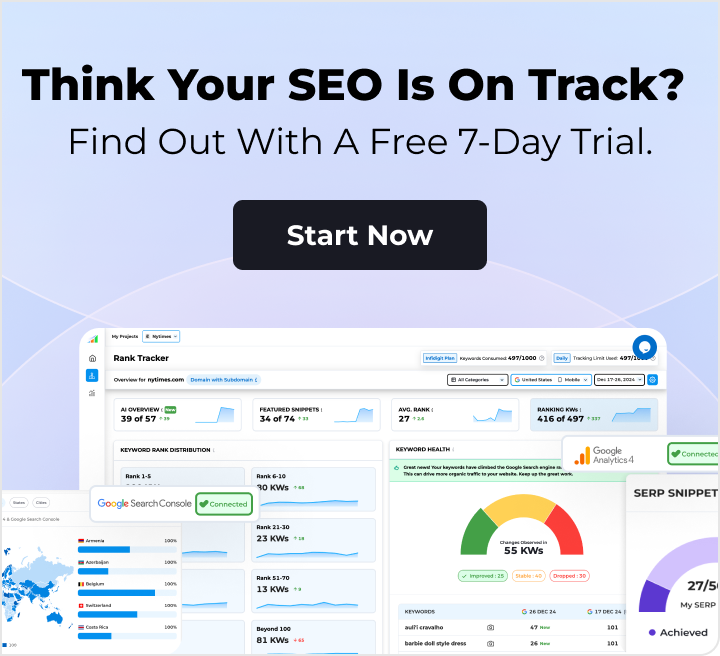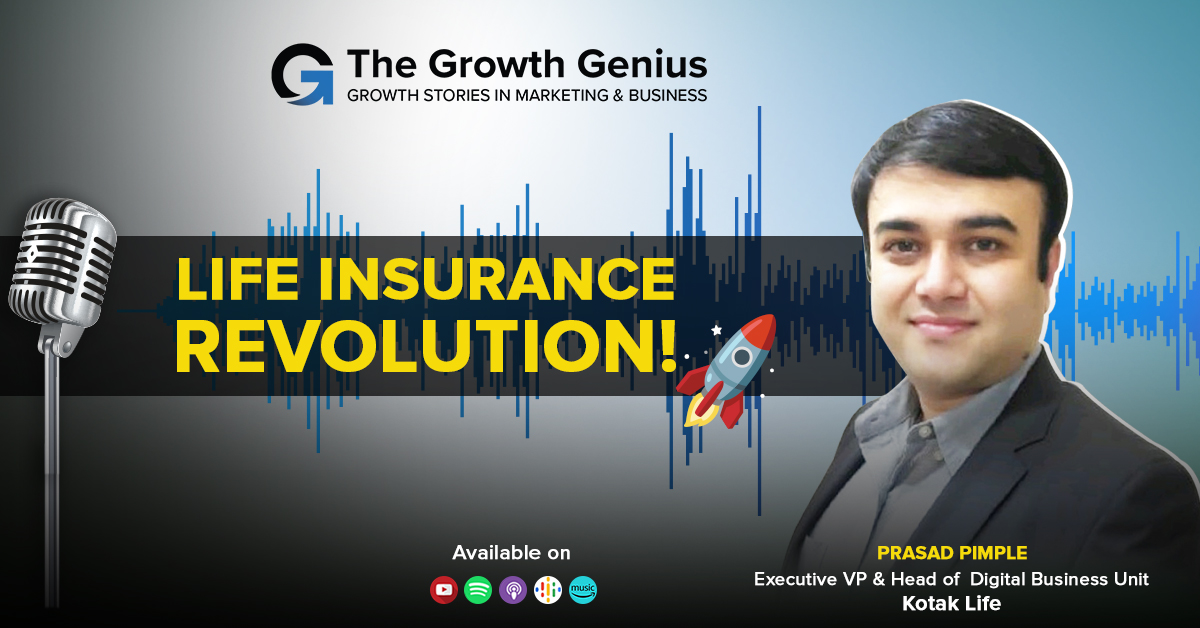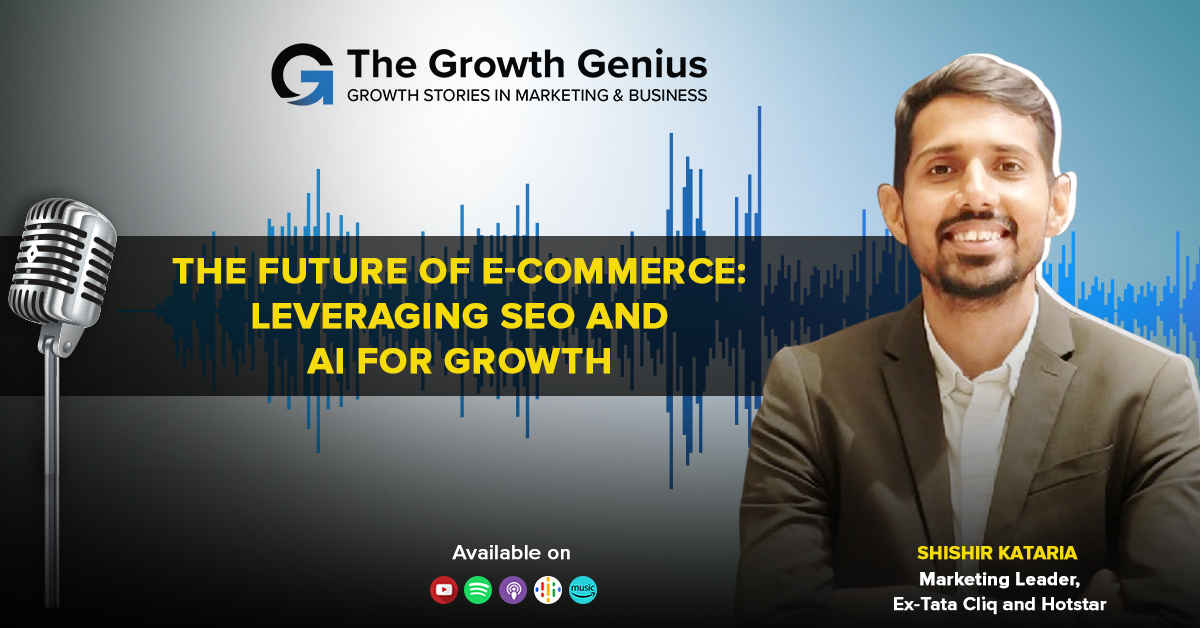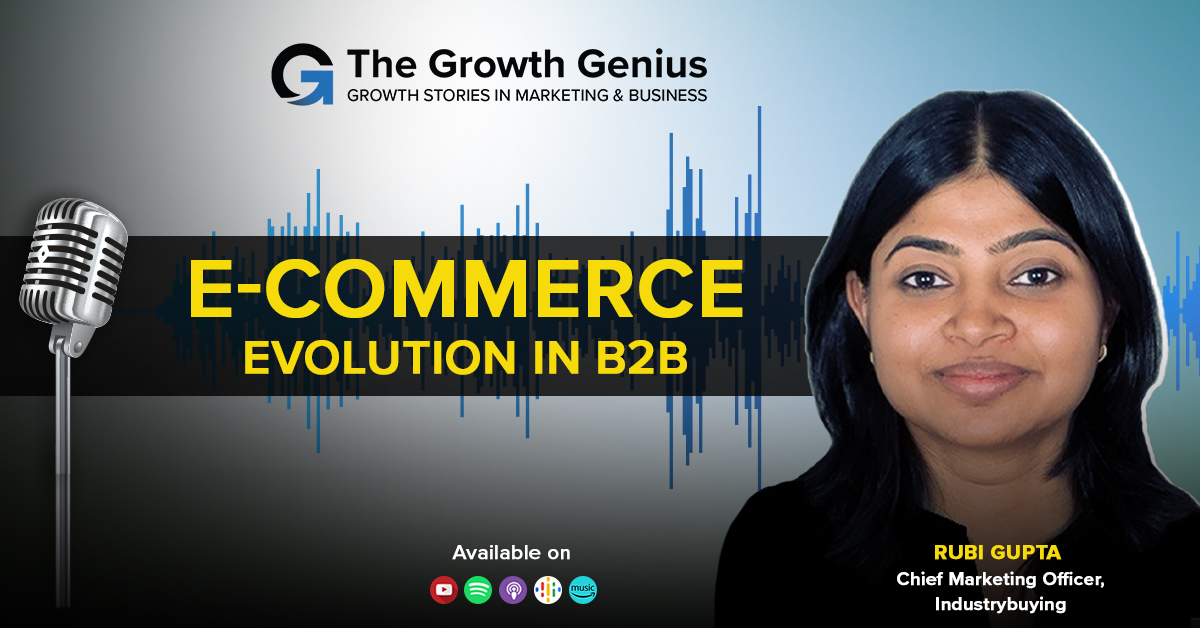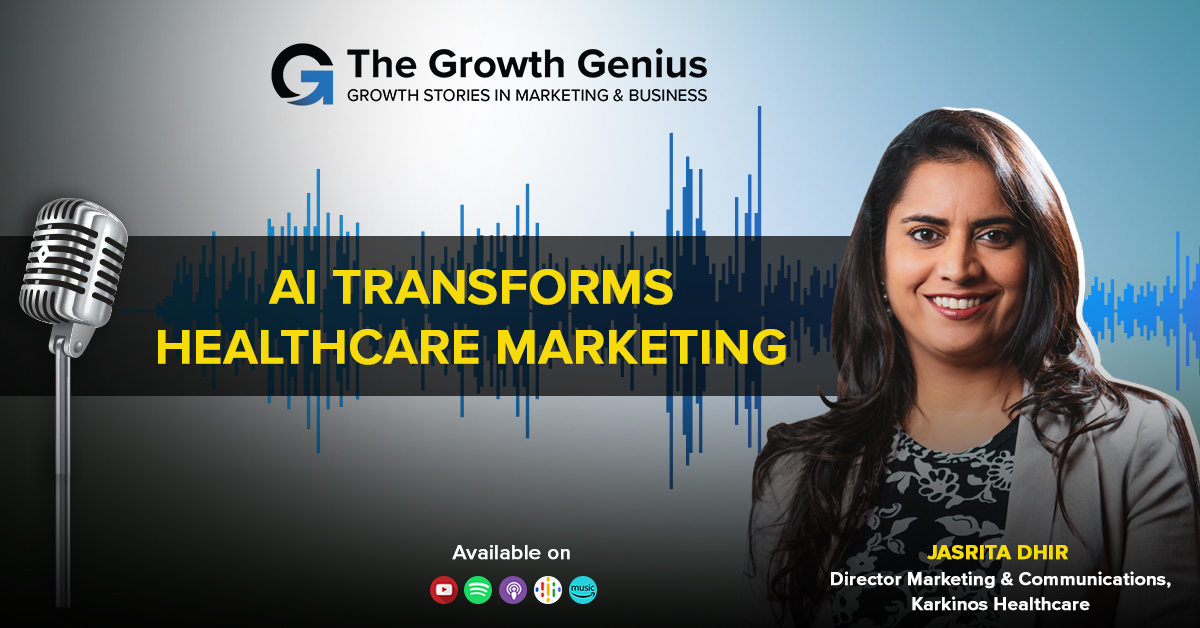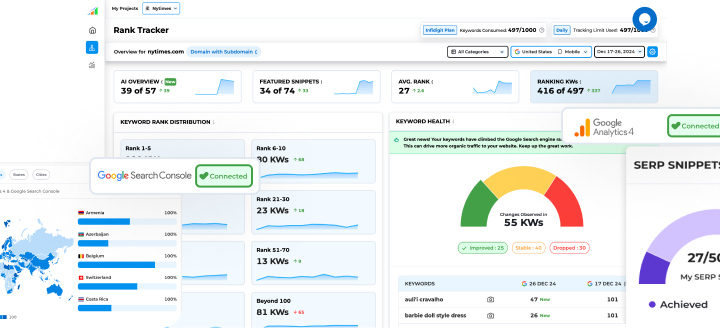|
Getting your Trinity Audio player ready...
|
Listen on your Podcast app
Summary
In this podcast episode, Gretchen Littlefield, the CEO of Moore Group, discusses the importance of customer data strategy. She emphasizes that businesses need to have a clear understanding of their customers in order to effectively target and engage with them. Littlefield explains that customer data can provide valuable insights into customer behavior, preferences, and needs. By leveraging this data, businesses can personalize their marketing efforts, improve customer experiences, and drive growth. Littlefield also highlights the significance of data privacy and the need for businesses to handle customer data responsibly. Overall, having a well-defined customer data strategy is crucial for businesses to stay competitive and meet the evolving needs of their customers.
Key Take Aways
- Understand the importance of customer data: The blog emphasizes the significance of customer data in driving successful marketing strategies. Digital marketers should prioritize collecting and analyzing customer data to gain insights into their target audience.
- Implement a data-driven approach: Digital marketers should adopt a data-driven approach to make informed decisions. By leveraging customer data, marketers can create personalized and targeted campaigns that resonate with their audience.
- Focus on customer segmentation: The blog highlights the importance of segmenting customers based on their preferences, behaviors, and demographics. This allows digital marketers to tailor their marketing efforts to specific customer segments, increasing the chances of success.
- Utilize customer feedback: Customer feedback is a valuable source of information for digital marketers. By actively seeking and analyzing customer feedback, marketers can identify areas for improvement and make necessary adjustments to their strategies.
- Leverage technology and tools: Digital marketers should leverage technology and tools to collect, analyze, and interpret customer data effectively. This can include using customer relationship management (CRM) systems, analytics platforms, and automation tools.
- Prioritize data privacy and security: With the increasing focus on data privacy, digital marketers must prioritize the security and ethical use of customer data. Adhering to data protection regulations and implementing robust security measures is crucial.
- Continuously monitor and measure results: Digital marketers should regularly monitor and measure the results of their marketing efforts. This allows them to identify what is working and what needs improvement, enabling them to optimize their strategies accordingly.
- Stay updated with industry trends: The digital marketing landscape is constantly evolving. Digital marketers should stay updated with the latest industry trends, technologies, and best practices to ensure their strategies remain effective and competitive.
Read Transcript
Gretchen Littlefield: – CDPs have become very popular recently in part helping to solve the problems that CRMs have created for marketing you want to make sure that the partner that you choose to work with has a robust CDP environment with a lot of data you can create an environment where it’s you’re able to communicate to people and it’s a cohesive and seamless way.
Shelly Singh:- Welcome to the Growth Genius series brought to you by DMA Asia and infidigit my name is Shelly and I’m your host today our guest speaker is Gretchen Littlefield Chief Executive Officer of more Gretchen holds nearly three decades of experience in marketing and business management she is responsible for Moore’s overall growth and strategic Direction a global leader in performance driven Marketing Solutions focused on all facets of the consumer experience her professional achievements include being named a 2009 Rising Star by marketing Edge and 2019 silver Apple honoree by the direct marketing Club of New York a very warm welcome Gretchen.
Gretchen: – Thank you.
Shelly: – Okay so would you tell us about your professional Journey your current organization and your role?
Gretchen: – Sure so I got into the business nearly 30 years ago and funny story I actually applied for a job to work as a receptionist at an organization and I was really bad on the phones so they fired me from that role and said this is not for you you’re, you’re too awkward to answer the phones and I was really sad over that because I thought oh my gosh my career is ending here and that was actually a very positive thing because they put me into a group that was working with data and doing data entry and keying information and in that environment I started learning more about data how to prepare files basic data processing rules and that evolved into a career for me and learning about modelling how to Target and that was obviously very early days of our industry I then moved to a company called info group and spent 14 years there growing in my career and learning about data processing modelling Cooperative data sets and everything else involving data and it was just a fantastic experience I moved to more four years ago as CEO and we are a company that focuses on the entire supply chain for fundraising for non-profits so that’s all the way in the very beginning step of strategic and creative Guidance with our agencies to data management modelling analytics and identifying who’s the best person to Target and set an offer to on behalf of our clients as well as the production of Television ads video digital ads and actual Direct Mail all the way to the very end of that supply chain which is what we call caging which is gathering data King and then sending it to the beginning of the supply chain all over again so our company is roughly 5,000 employees that are all dedicated to helping raise money for some of the largest Charities and non-profits in the United States.
Shelly: – Very interesting yeah, I’m sure you must be enjoying it?
Gretchen: – Oh I love it very fortunate in that the work that we do goes to help a lot of people and our clients you know when we help them raise money what they do with that money brings a lot of social good all around the world and in all kinds of ways to end in poverty to helping veterans to um helping children get a better start in life all kinds of wonderful things which gives me a lot of personal fulfilment.
Shelly: – I am sure about that so my next question is that there has been a rise on of CDPs can you explain what is CDP how it’s different from DMPs and why it’s important for organizations?
Gretchen: – So see I’m very popular research recently in part helping to solve the problems that CRMs have created for marketers which you know CRMs are kind of slower they tend to have very specific operational rules around how they’re used and many of our clients actually have anywhere from four five six sometimes even more than 10 CRMs in place each of them with you know their own use case for the Department that they are serving DMPs are traditionally using third-party data and cookies they’re sometimes less accurate they’re not as fast moving in contrast the CDP is typically in real time and it’s using a client’s first party data as well as sometimes third-party data I think of it as being in an environment where you’re able to integrate lots of different data sources and real time and activate that data as quickly as possible.
Shelly: – Okay so what type of customer data market is can integrate into CDPs?
Gretchen: – Well really any kind of data so like the best case example is a marketer that has lots of different sources of data that are siled and they’re trying to figure out how do they get a 360 view of a customer across a lot of different platforms right so typically someone has an eCRM they’ll have a CRM for maybe their Publications another CRM they’ll have another CRM for a different use case the ideal situation is being able to Warehouse that data across all of those different CRMs or lots of different data platforms that they may have consume it and one environment and mash it down to an identity of one or a record of one so if you think you’ve got Shelly on this database here and Shelley on that database and then you’ve got her on another database over here as well as some other third-party source of data that you’re using it’s like one giant merge Purge environment that never stops this unifying you down to one record across all of those data sources and then in that environment we’re able to activate it much faster so you know you can imagine you’ve got right now there are a lot of organizations that truly can spend like months trying to get all of their different data sources to communicate with each other and this environment you’re communicating in real time matching down to a single record and able to activate it much-much faster it’s really State unification is the way to think of it.
Shelly: – Great so I’m also wondering that are there any barriers to achieving a single customer View?
Gretchen: – There are and yeah the number one is siled databases the ability to match so if you want to make sure that the partner that you choose to work with has a robust CDP environment with a lot of data and where you’re able to match across multiple different match keys so that could be email addresses it could be your physical address historical physical addresses maybe your address from where you were you know three or four years ago or most people have somewhere between seven to eight different email addresses they use for different use cases having all of those email addresses connected to each other down to one level as well as phone numbers and cell phone numbers those are also match keys for identified so it’s having enough data and match case available that you’re able to consolidate that data down to a single record.
Shelly: – Wow that’s great so another question which comes to my mind is that how can you optimize a customer life cycle management with CDP?
Gretchen: – So it’s the ideal situation to manage life cycle management because you know when you’re thinking about life cycle you’re thinking about how you’re going to communicate and build that Journey for your customer across channels right and if you don’t have all of the information from all of the different channels Consolidated into one view it’s very difficult to be able to activate that data across all of your channels so in a CDP environment you’re able to again consolidate all of your data it’s a terrific environment to model within as well bringing in third party matching it with your first party data and modelling it and then activating it because all of those Solutions are cloud-based be able to build pipes out to both your ESP as you know for text and also for direct mail and all channels really and activate that data much faster from that kind of environment and the other thing to think about too is it creates an environment where you don’t have to get rid of the CRMs right as everyone knows inside of most organizations nobody wants to leave their CRM and quite often they do have functionality that’s important to the department that they’re servicing so if you’re able to build out a data architecture that allows people to keep their CRMs for the use cases that they were intentionally designed for it it’s an inexpensive way to be able to bring all that data together from all of these CRMs and activate it in that environment without having to deal with disruption to current workflows inside of a company you also don’t have all the political issues of who gets to keep their database who doesn’t and all that stuff so.
Shelly: – Yeah interesting another question is on privacy, so you know privacy laws are changing all the time in USA there are so many privacy different privacy laws and what role privacy is playing in the data-driven marketing with CDPs?
Gretchen: – So those that are happening and it’s evolving very quickly each state has different legislation around data and privacy rules it’s important to be up on what the laws are by each state where we have an entire team of people that are watching legislation making sure that we are complying with the law a really good rule of thumb is kind of to follow that’s common sense which is if somebody if a consumer asks you to remove their name or not to Market to them for any reason honor that request so you know somebody says I really don’t to be received catalogs anymore from you make sure that you are keeping that information honoring it a CDP can also make sure that you’re carrying that information and if that’s in that activation platform it’s an environment that you can make sure it is communicated across all of your different departments so if you think about it like you know you’re bringing in information on one database like just like we talked about at the beginning Shelly lives on three or four different databases well even if you’re told to maybe take you off one Department maybe the information doesn’t make its way back to the other departments if you’re launching all of your marketing activities out of a CDP it’s an environment to make sure that you are very carefully making sure you’re not continuing to solicit someone who chooses not to be you know it’s an environment that allows you to sort of cross all the different channels does that make sense.
Shelly: – Yeah no you’re right so because this doesn’t happen right so people don’t respect uh when consumers they ask not to send mails and not to send you know any information then it should be respected and taken care of another thing which I wanted to ask is that are there any limitations or challenges of CDP?
Gretchen: – Some of those limitations are based upon the provider you may choose to go with what their data sources are you know we have an identity graph that we’ve built that we use to help our clients identify who a person is across a lot of different channels but also you know historical information in case you know you may have outdated information and or information is coming in from a third party where you’re renting a list it’s able to connect hey this is Shelly at our old address from five years ago this is the same person right if your partner doesn’t have enough robust data then there you will have limitations but as it is right now it’s CDPs are solving a lot of problems around not having cookies for example so it’s a terrific environment.
Shelly: – Great so are there any examples which you can share with us any you know City use case studies or any example of a successful you know case study?
Gretchen: – Sure for children When The War you first started it was putting millions of Children at Risk and they saved the children is an organization that we work with asked they wanted to launch a connected television Campaign which connected television is video that is sent data driven to an individual or a household directly into their television their Smart TV and we were able to identify people that we thought were likely to give for this type of campaign they raised a whole lot of money within our CDP environment using our data and being able to Target people on television as well as in the mail very-very quickly so the great thing about like a CDP is that it allows you to create almost like a surround sound experience so you know you imagine your customer is they’re opening the mail they’re seeing you know the ad there they’re also seeing your ads on television it’s being directed just to them and on you know email and display so everywhere they go they have a cohesive experience where they’re getting relevant information about you that’s targeted to them specifically and to save the children they raised millions of dollars using this type of strategy you know it for marketing being able to Target people in a way that’s relevant to them is probably one of the most important things you can do but also being able to reach people just everywhere that they’re gonna go with that relevant data and you know relevant content is super important.
Shelly: – Yeah and with CDP you can do that right it’s awesome it’s really amazing.
Gretchen: – Yeah, I mean you can create them and it’s a cohesive and seamless way so imagine you’re able to tell your customers as a marketer that give them a vision for who you are across every single Channel and then after responding to you again you’re able to respond back in a cohesive way that’s what a CDP does you know it’s awesome.
Shelly: – Great yeah what are the top three local and Global Trends which you are seeing in your industry or data-driven marketing?
Gretchen: – So I would say you know that and being able to speak to customers um in a way that’s completely you know across every channel and it lists response and all of those channels when you are using all of them so if you’re using direct mail and you’re doing connected television it will actually lift the response of both when you’re doing both so that again surround sound experience is a trend the typical previous which are volume philosophy and variety with velocity being the most important right now the speed in which you’re able to use data and respond to people someone takes an action online or they’re in Market at that particular moment how quickly you’re able to respond to them is extremely important and the variety of data that people are ingesting now and using is extremely important at one time it was just you know single Channel now people are ingesting data from all channels but modeling into new audiences of prospective customers that may have historically not been reached before so and I’m sure you’ve seen how in ads and in marketing how people are starting to sort of open the lens is to the type of people that are being featured in ads it’s the same thing in modeling and data and analytics is modeling for people that are non-traditional customers there are people that you know that they may have not historically modeled into because they did not look like the previous customers yeah but we know they have still the possibility of giving or buying those are the types of people that people want to reach now and it’s great it’s an amazing thing the audience the people that you can Market to is growing in a way I’ve never seen it before super exciting.
Shelly: – Very interesting so looking at these Trends what the marketers should do in the Horizon of two to five years or the near future?
Gretchen: – Personalization is going to become really important and as marketers becoming more advanced in how they’re targeting people with different offers consumers are going to expect that the ads they receive are going to be personalized to them and also make sense right so you don’t want to Market you know certain products to people when they don’t make any sense for their life stage right so that level of personalization but also relevancy is going to become increasingly important and consumers will expect that companies and any marketer really know something about them and is marketing to them in an appropriate way that’s logical data hygiene is going to be which sounds like it’s not a particularly Advanced thing that’s been around for a long time is going to fund increasingly important and being able to keep information up to date and then integration is the probably the single greatest opportunity which is bringing together siled sets of data integrating them and delivering the same sort of creative and content regardless of channel one of the things and I know it sounds like I’m you know continuing to talk about this integration and Surround Sound and how important it is but what happens right now is that when programs are not integrated hmm you’ll see an organization communicate differently based on the channel and it’s because there are databases that are not speaking to each other and departments that are siled within an organization and if you’re speaking to consumers in one way in direct mail and a completely different way and the tone and the creative and they offer online it’s going to start to feel disjointed to customers so this integrating data sets but all through all strategy of how you communicate and building out a journey for how you’re going to communicate to somebody so it’s logical it’s going to become something that’s not a nice to have but a necessity and if you don’t do it customers will feel like something is strange you know when you’re communicating in different ways to them.
Shelly: – Wow Interesting so this brings us to our last segment of this show. Tell us about any one passion you follow and how its helps to elevate your profession?
Gretchen: – Oh my passion separates from data I have a passion for philanthropy and giving back it’s been a big part of my life and my family life as well and politics as well that’s the sport I love more than anything else and I think you know I’m very fortunate in that my job allows me to follow those passions.
Shelly: – Wow this is great. Where can our viewers and listeners find you and connect with you?
Gretchen: – On LinkedIn is a great place to connect and you can also find us at wearemore.com.
Shelly: – Great thank you so much, Gretchen, for the time today and sharing great insights on the role of CDPs in data driven marketing. Thanks again.
Gretchen: – Thank you talk to you later bye.
Shelly: – Bye to all our viewers. Thanks for listening. If you enjoyed this episode, please leave a rating and review. I’ll see you next time with a new speaker in a new episode. Till then peace.

Popular Searches
How useful was this post?
0 / 5. 0


